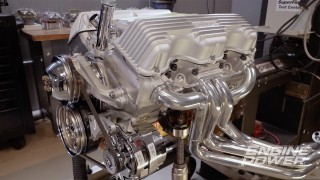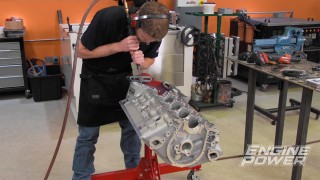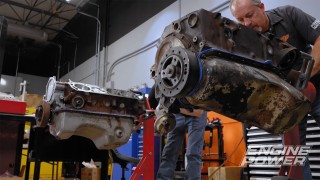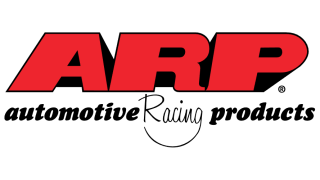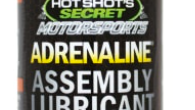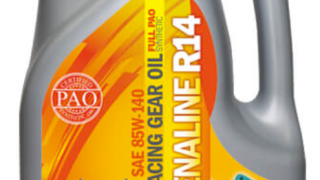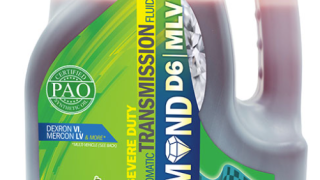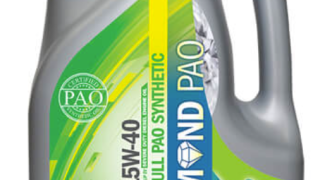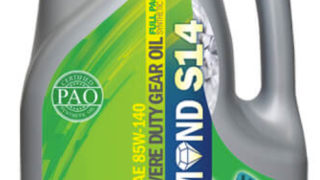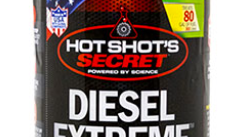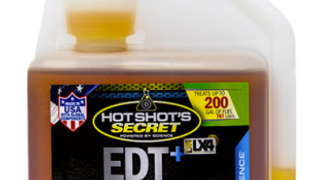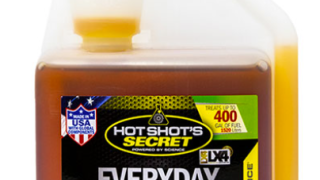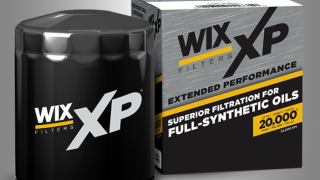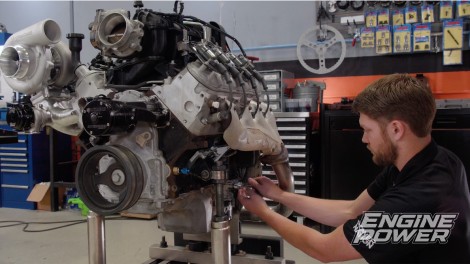
Salvage Yard Superstar
We start with a Gen IV Iron Block 5.3L from the junkyard, get it running, and then add a selection of budget-friendly upgrades to turn it into a solid street swap engine. Afterward, we test our upgrades on the dyno and get a special visit from a high horsepower, big boost drag car.
Season 11
Episode 14
Hosts: Pat Topolinski, Frankie Forman
First Air Date: October 28, 2024
Duration: 21 minutes 27 seconds




